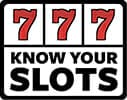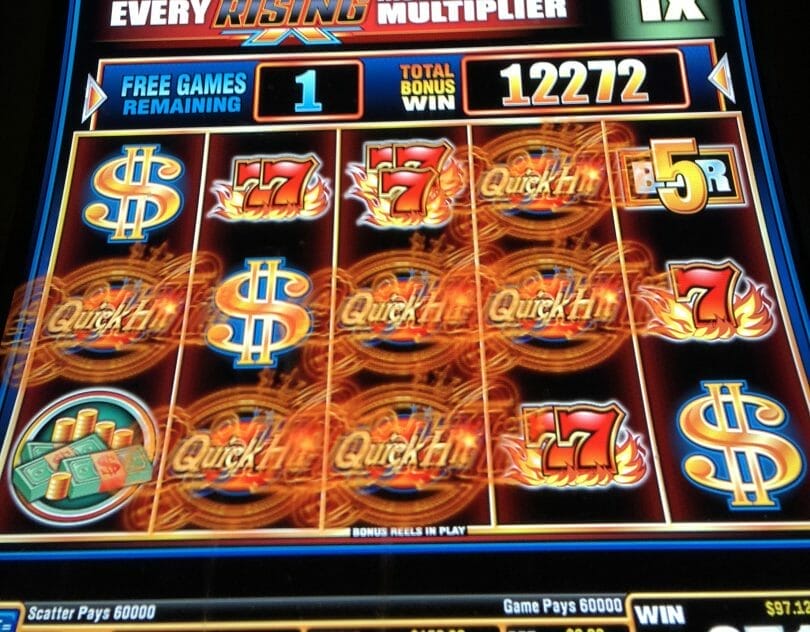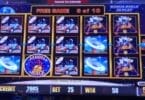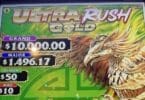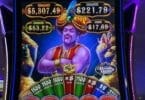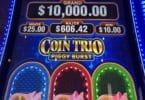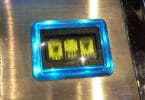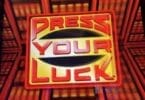Today’s post probably could double as a slot volatility post, and is a key part to the volatility of many slots, and that is the idea of hit frequency. In today’s post I’ll take a look at what it means and how it looks in practice.
Calculating Hit Frequency
Hit frequency, usually seen as a percentage, identifies as a total what percentage of spins will have some sort of payout. If the game has 1,000,000 outcomes and 200,000 of them will pay something, that’s a hit frequency of 20 percent.
Just like slot payback percentages and other calculations, the average player can’t look at a screen and see this statistic. But unlike other things where it’s tough to get a sense, hit frequency is often more obvious to a player in a more general sense because it’s part of a game’s DNA.
Take a game like Mega Vault by IGT, a game with lots of multipliers and stacked symbols that could lead to some insane line hits. To counteract the need and ability to have those kinds of pays, the line hits come much more infrequently. It’s a swing-for-the-fences game with a low hit frequency.
Compare that to some of the older school IGT games like Enchanted Unicorn where bonuses and features generally paid a lower amount, but you got more line hits and chances for middle-sized wins. Those are examples of games with a higher hit frequency.
In both of those cases, we don’t know the actual hit frequency that the game was designed to have, but just by playing the game we can feel the difference and understand what each is about. As players, we can then decide what type of game we prefer, and play machines that are more to our preference around hit frequency.
Finally, like expected payback percentages, hit frequency percentages are set to be achieved over millions of plays, because in the short term an RNG can take you to a dead man’s land or jackpot city in the short term through variance.
Hit Frequency is Not Linked to Payback Percentages
One thing understanding hit frequency can’t tell you is what a game’s payback will be like. Games are designed with hit frequency in mind, and then payback percentages and the corresponding reel strips will be tailored with that in mind.
You won’t see a game with a high hit frequency at a higher payout and a vastly lower hit frequency at a lower payout, as that will substantially change the way a game feels.
What you might see on a lower paying version of a game instead is more small payouts replacing a percentage of the bigger payouts at the same hit frequency, as was observed in an examination of some PAR sheets that were made available by manufacturers. They could also implement a subtly smaller frequency that doesn’t feel that different to a player on the surface. (That said, some players may feel the difference after awhile.) More likely it’s some combination of the two.
Hit Frequency Can Be Linked to Slot Volatility
Games that need to lower the hit frequency to allow for bigger wins on the top end would certainly be a way to detect a higher volatility game. The larger amount of dead spins with more frequent middle wins is another example; one missed mid-size win can throw you out of contention.
As such, hit frequency can be a great “tell” if you can expect a machine to be volatile or not. If it pays a lot of smaller wins, it’s likely a less volatile machine with higher hit frequency, and if it pays rarely and bigger it’s likely a higher volatility machine with lower hit frequency. Using the IGT examples, Enchanted Unicorn is more the former, and Mega Vault is more the latter.
